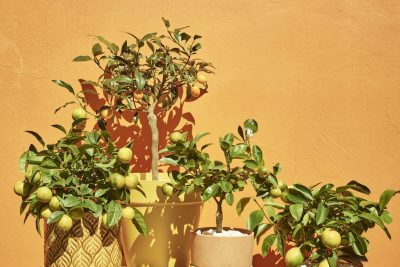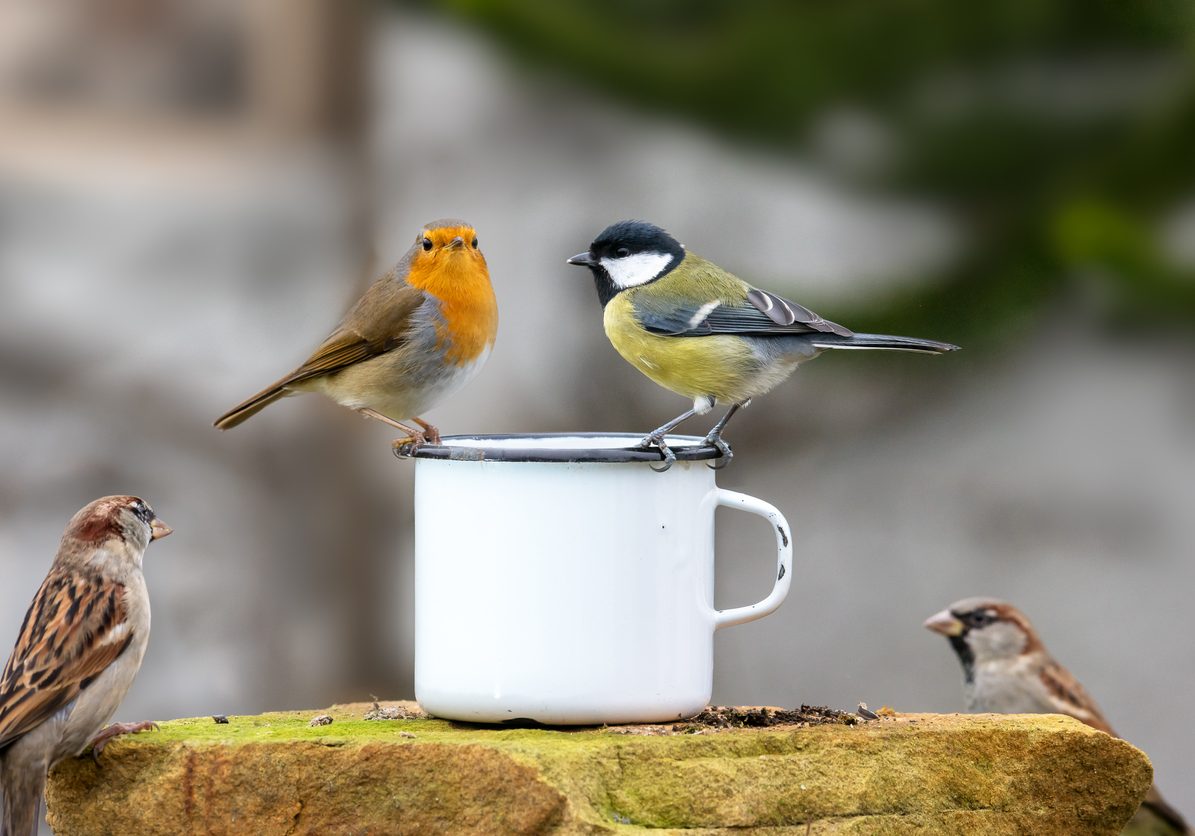
The Big Garden Birdwatch
by Northern Life
Pointers for the RSPB's annual birdwatch.
The Big Garden Birdwatch not only allows people to connect with our little flying friends, but the project is invaluable to the RSPB (The Royal Society for the Protection of Birds), who use it to check on the condition and numbers of our garden birds. The RSPB is the UK’s largest nature conservation charity, dedicated to protecting our wildlife. If anything is amiss, you and your fellow birdwatchers can let them know!
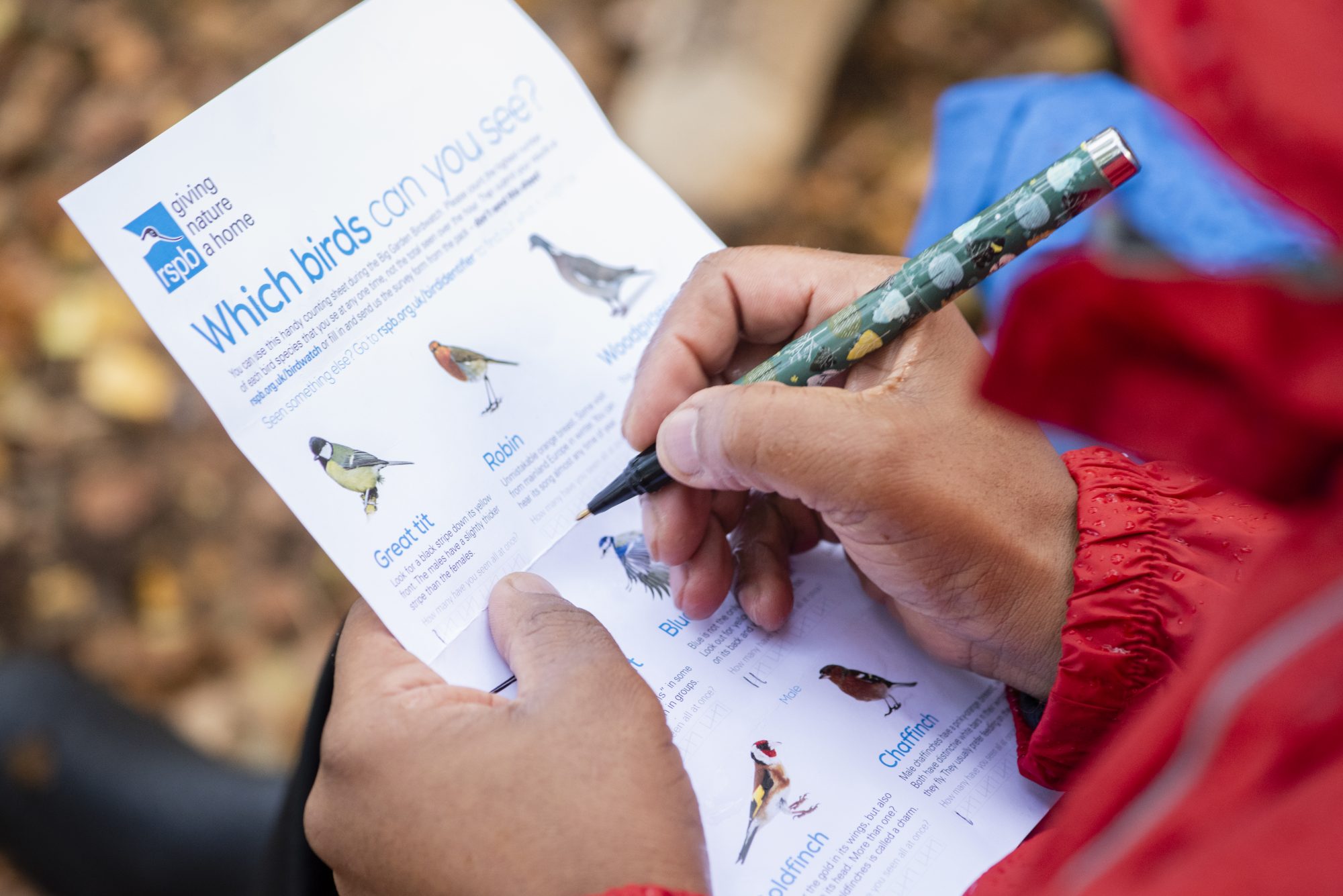
If you’re new to birdwatching, the RSPB can guide your weekend with five quick tips:
1. Feed the birds
Firstly, it’s a great idea to put up bird feeders. This will ensure the birds stay longer in your garden so you get a better look at them, but it will also encourage them to keep coming back. Regularly feeding the birds might make them permanent residents! You will attract different birds with different food, so mix it up and see which birds come to visit. Remember – keeping bird feeders and baths clean is important so our garden birds can stay healthy. Visit the RSPB website for the best methods of doing this if you plan to leave your bird feeders out long-term.
2. Early to rise
The best time to birdwatch is in the morning, so wake up with the birdsong and watch them while you have your morning cuppa.
3. ID please!
If you’re having trouble identifying your garden birds, don’t fret. You can find the RSPB’s handy bird identification guide on their website, which picks out key features like colour and size to help you give a name to the various birds you see. Many other resources are on the website if you want to get serious!
4. Say cheese!
Take a picture of the bird to identify it later. Unlike other birds, garden birds usually hang around long enough for you to snap a reference pic, so starting your birdwatching journey with the Big Garden Birdwatch is the easiest way to do it!
5. Share on socials
Finally, social media is your friend this weekend. Sharing your picture with the hashtag #BigGardenBirdWatch will let @RSPBEngland see it – the expert birdwatchers will be watching to help with bird identification if you get stuck telling your garden visitors apart.
To set you off on the right track, here are five bird species most commonly seen in the wintertime and that you will most likely get an up-close look at:
1. House sparrows
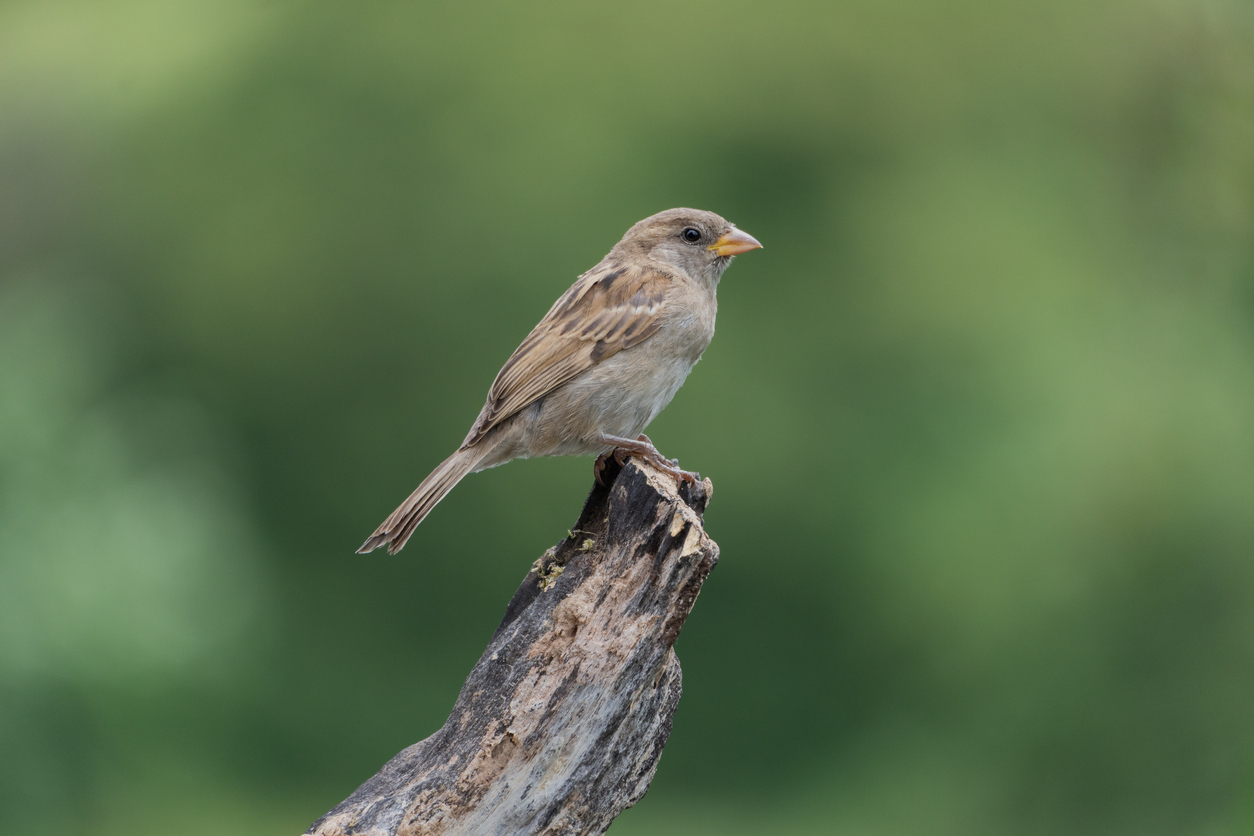
The house sparrow is one of Britain’s most well-known and best-loved birds. Males and females are easily distinguished as males have a grey head and black bib whilst females are pale brown with a pale stripe behind the eye. House sparrows are noisy and gregarious, often sticking together in small flocks, and they’ll repeatedly congregate in big hedges where they can all hide together. They socialise by taking dust or water baths, as well as ‘social singing’ where they call together in bushes.
2. Blue tits
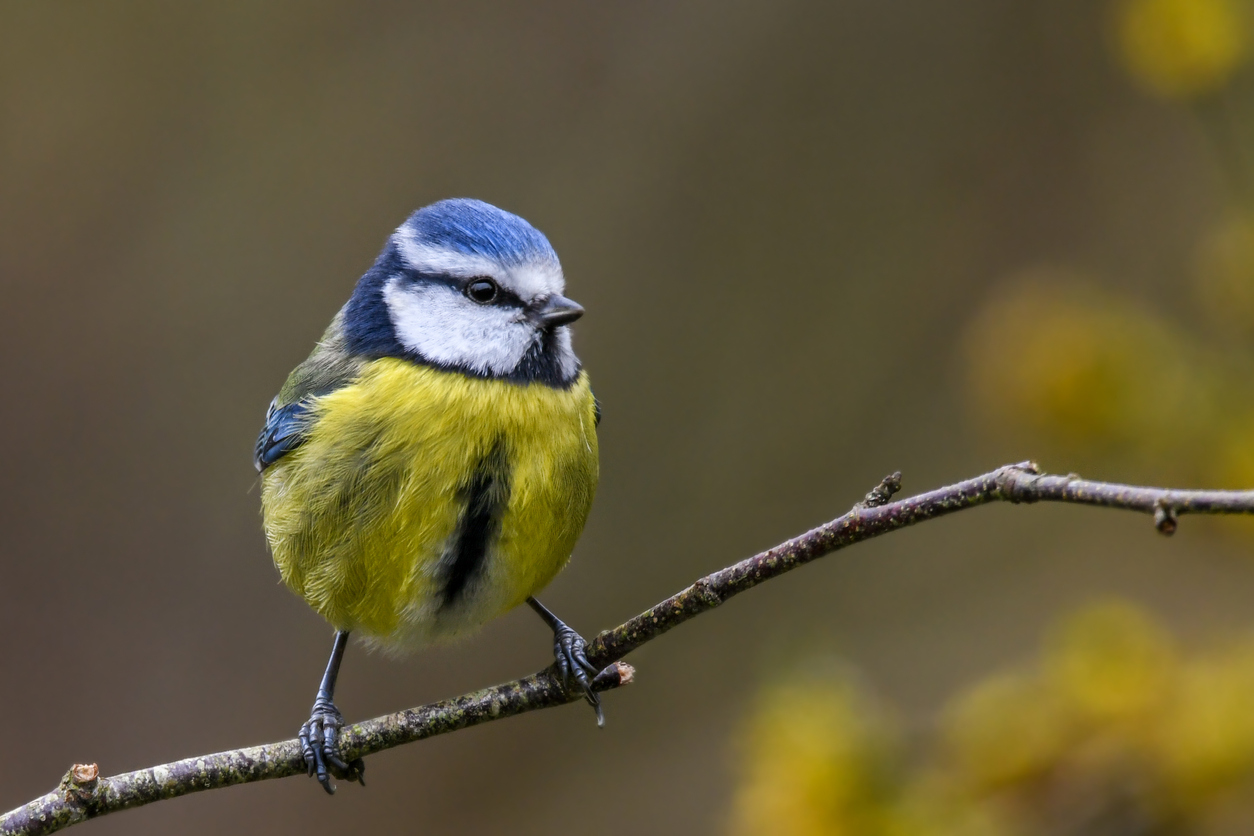
Streaked with a colourful mix of blue, yellow, white and green plumage, blue tits are one of our most attractive garden visitors. This species feeds on a diet of insects, caterpillars, seeds and nuts. They will happily take all kinds of bird food too, so keep an eye on your bird feeders for this vibrant garden bird.
3. Robins
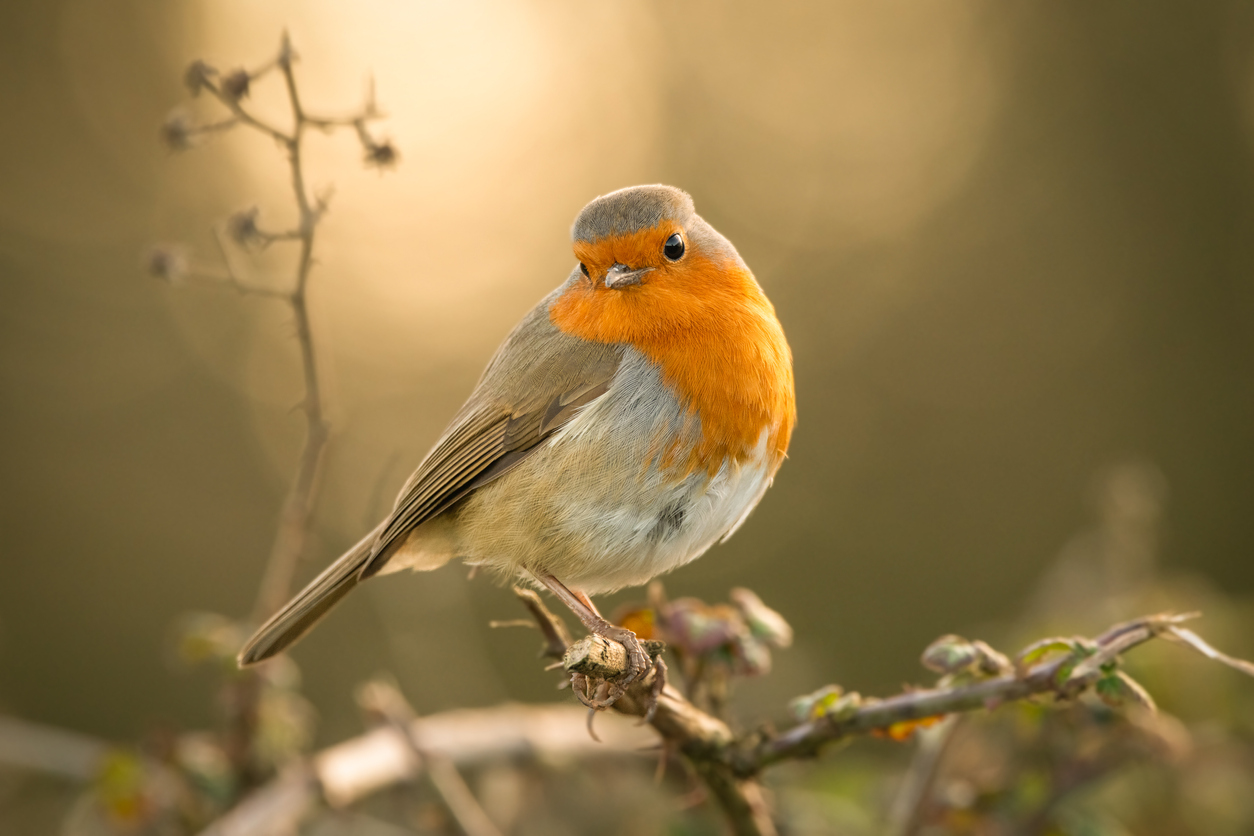
Singing nearly all year, the nation’s favourite bird is often one of the first to start in the morning and found to be one of the last singing at night – sometimes near a street light, too. With its red chest that earns it the name ‘robin redbreast’, look out for this garden favourite darting through shrubs or perching on tree branches this winter.
4. Long-tailed tits
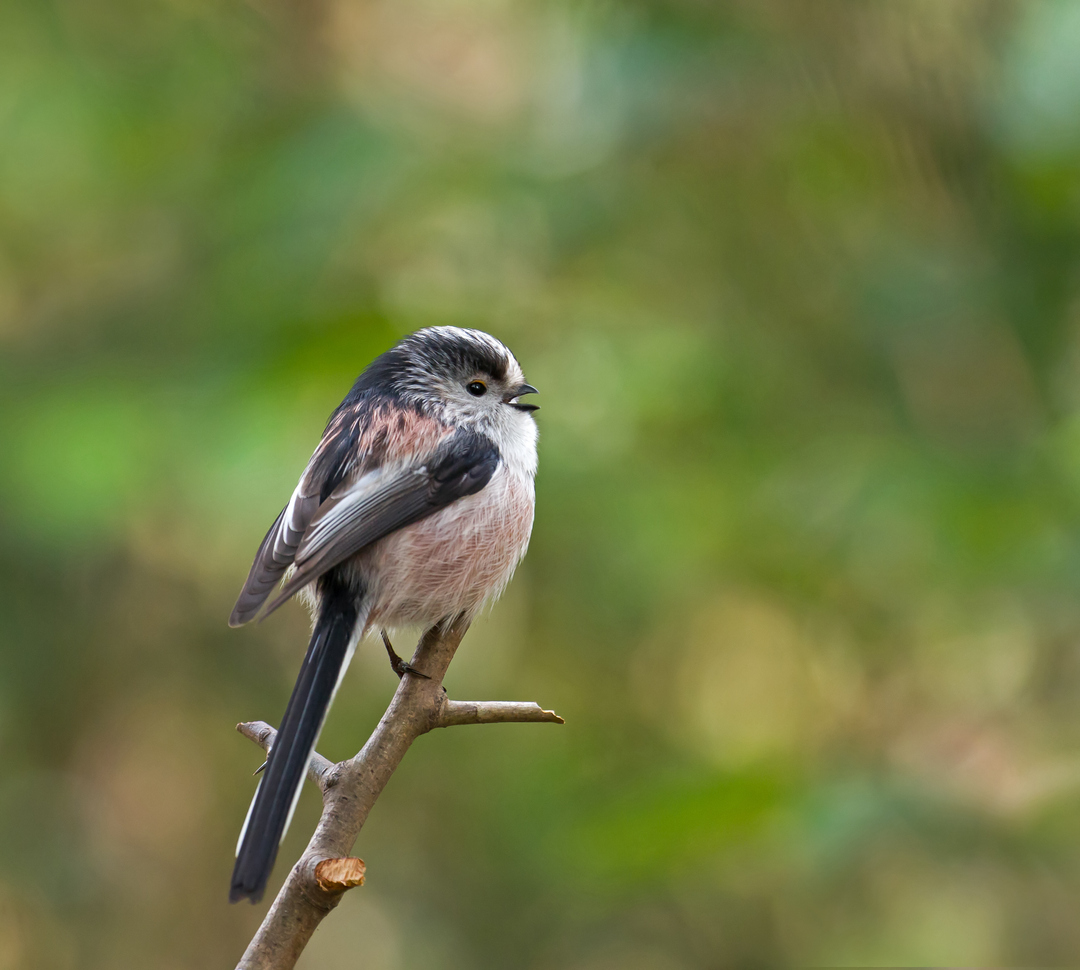
Often arriving at your feeders in large groups, long-tailed tits are sociable birds with extended tails which have earnt them their name. With grey and pinkish feathers, these birds are particularly fluffy at this time of year, too. Primarily feeding on insects, autumn and winter sees them feed on seeds as well, which could bring them to your garden bird feeders, so keep your eyes peeled for a small flock of this species.
5. Goldfinches
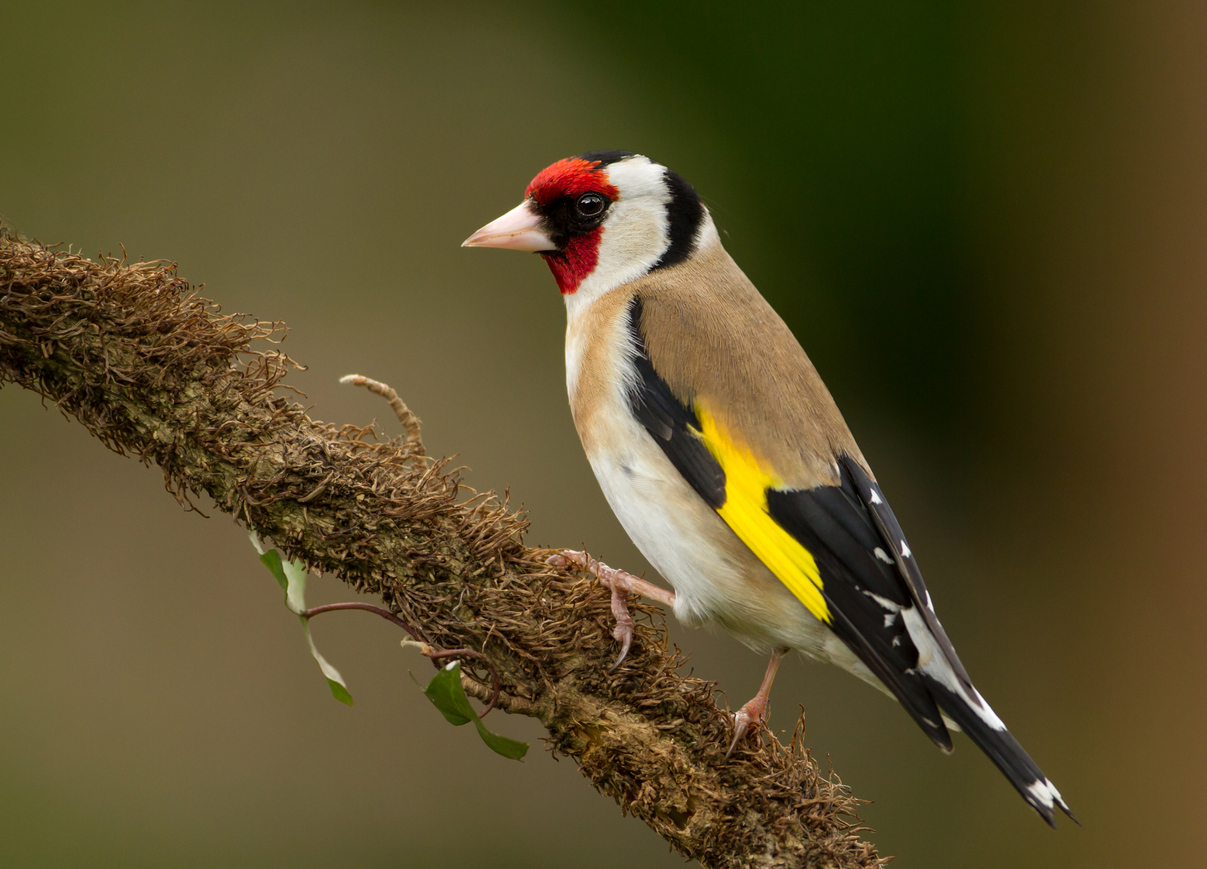
A much-loved little bird, the goldfinch announces its arrival with a tinkling, trilling call. Vibrantly coloured, goldfinches have red faces, black crowns and bold yellow wing patches. If you’re lucky, you may even be visited by a small flock of them, appropriately known as a ‘charm’.
To participate in the RSPB’s birdwatching weekend, you only need to spend as much as an hour in your garden or even just looking out your kitchen window. Of course, feel free to spend as much time with the birds as you like – perhaps you could birdwatch in your local park and make it a communal activity? Record what you observe, whether that be many birds or not many at all, to inform the RSPB of the goings-on of our garden birds. Most importantly, remember to register to take part in the world’s largest garden wildlife survey at: www.rspb.org.uk/birdwatch
Happy birdwatching!
NorthernLife Jan/Feb 24

